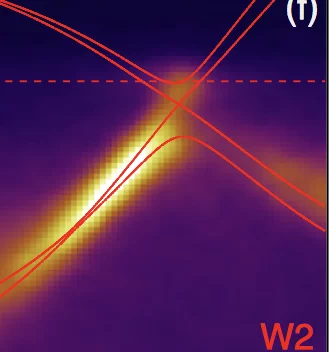The Weyl semimetal phase is a recently discovered topological quantum state of matter characterized by the presence of topologically protected degeneracies near the Fermi level. These degeneracies are the source of exotic phenomena, including the realization of chiral Weyl fermions as quasiparticles in the bulk and the formation of Fermi arc states on the surfaces. Here, we demonstrate that these two key signatures show distinct evolutions with the bulk band topology by performing angle-resolved photoemission spectroscopy, supported by first-principles calculations, on transition-metal monophosphides. While Weyl fermion quasiparticles exist only when the chemical potential is located between two saddle points of the Weyl cone features, the Fermi arc states extend in a larger energy scale and are robust across the bulk Lifshitz transitions associated with the recombination of two nontrivial Fermi surfaces enclosing one Weyl point into a single trivial Fermi surface enclosing two Weyl points of opposite chirality. Therefore, in some systems (e.g., NbP), topological Fermi arc states are preserved even if Weyl fermion quasiparticles are absent in the bulk. Our findings not only provide insight into the relationship between the exotic physical phenomena and the intrinsic bulk band topology in Weyl semimetals, but also resolve the apparent puzzle of the different magnetotransport properties observed in TaAs, TaP, and NbP, where the Fermi arc states are similar.
Reference: N. Xu et al, Physical Review Letters 118, 106406 (2017)
Read full article: here


